Freedom Flare Up
This in-depth package was edited by Audrey Park
There were 67 attempts to ban books in Illinois in 2022 alone, according to the Chicago-based American Library Association. Many targeted books include identities and themes from the LGBTQ+ community and communities of color.
But within the Laboratory Schools, students have access to commonly challenged books in the high school library and even in the classroom. In English classes, students do more than just read these books. They often partake in discussions about their complex themes, requesting students to think and reflect on deeper levels.
English teacher Christine Himmelfarb teaches “Passing” by Nella Larsen, which contains a racial slur and depictions of sexual assault. Ms. Himmelfarb said she believes her discussions around the book build student engagement.
“The classroom is a great place to have these discussions because it’s both not about us, and it is about us,” Ms. Himmelfarb said. “In life, we hold our opinions and keep them to ourselves when we get the sense that no one is in agreement, but the classroom doesn’t really let you hide in that way. It’s like a safe place to not be safe.”
Ms. Himmelfarb said as an English teacher, she chooses books that she believes contain educational value, and that discussing those as a class can benefit students outside of the classroom.
“I would never pick a book because it’s controversial or because it exposes students to really difficult things,” Ms. Himmelfarb said. “But I would argue that if you can’t talk about these subjects in these fictional contexts, are you going to ever be able to talk to them in the real world, when it even counts more?”
Expressing similar ideas to Ms. Himmelfarb, English teacher Rachel Nielsen said, “Nobody is teaching a book because it’s banned. We pick things because we believe there’s something of literary merit and there’s something with the characters’ experiences that’s enriching.”
Ms. Nielsen teaches “The House on Mango Street” by Sandra Cisneros, categorized by the ALA as a “Frequently Challenged Book with Diverse Content.” No matter how difficult they might be to grasp, Ms. Nielsen said she believes these books are designed to provide readers with new perspectives.
“We try to find ourselves connecting to characters and seeing our own story reflected,” Ms. Nielsen said. “Avoiding that is insulting to students and the complexity of their lives.”
Senior Marlena Leuz read the graphic memoir “Fun Home” by Alison Bechdel, also commonly challenged and banned, for an English class. Marlena said her in-class discussions were positive spaces for understanding content.
“These books are written for a reason,” Marlena said, “and by allowing the space to read them, we can look at different perspectives than our own. The way we talked about the more uncomfortable parts of ‘Fun Home’ made it less awkward because those parts are just as important to the book. By processing them, we got more out of the story.”
Marlena said she feels the ability for classes to explore and discuss these books is an example of the emphasis Lab places on inclusion and belonging.
“It shows that Lab is a space that allows for this diversity and encourages talking about the more ‘taboo’ subjects,” Marlena said. “It allows us to get more out of the community itself as well. Having been at Lab for a really long time, even in lower school, banned books were a topic we talked about. It reflects our values of trying to create an open environment.”
Laboratory Schools Director Tori Jueds said she agrees with the idea of an educational aspect to teaching books that require tougher moments of discourse for students.
“Whether the subject matter is controversial or well accepted, it’s about building and exercising all of the muscles that are needed by a true scholar,” Ms. Jueds said. “It’s about how to be flexible in one’s thinking, and how to be open to new ideas. In a way, it’s about personal and intellectual resilience, too.”
With surge in book bans, some see a large threat.
“Fahrenheit 451.” “Wuthering Heights.” “Twilight.” For weeks now, several of the Laboratory Schools libraries have featured these commonly banned books, among many more, to raise awareness about book banning, a concerningly prevalent issue that originated more than 2,000 years ago.
From the public burning of books in the past to the quiet removal from library shelves today, the suppression of literature remains a potent symbol of power and control. Whether a book is too racy, too political or too heretical, book banning is a practice that challenges not only free speech, but free expression as well — something that includes far more than just words, but also what a person wears, reads, performs and protests. Although the practice of book banning has waxed and waned in popularity throughout history, it has reached peaks both during McCarthyism and in the 1980s.
America is experiencing another surge, mostly centered around censorship of LGBTQ+ writers and writers of color. Just this year, there have been over 3,300 individual book bans in U.S. public school libraries — something librarians and advocates for free speech and expression are working every day to combat.
Susan Augustine, one of two librarians at U-High’s Pritzker Traubert Family Library, said that one of the main reasons that libraries at the Laboratory Schools feature banned book displays is to spread awareness among the students about the issue and encourage students to read and learn whatever they may be interested in.
“We want to make sure, especially, that underrepresented voices in literature are being heard because those are the books that are getting banned the most right now,” Ms. Augustine said.
Eric Stroshane, assistant director of member services for the Chicago-based American Library Association’s Office for Intellectual Freedom, said that the First Amendment right of students to access information as a matter of voluntary inquiry is something that should be embraced across the political spectrum.
“Confronting the efforts of an organized group to remove library materials requires more than just good policies, well-informed board members and administrators, and a staunch commitment to defending First Amendment freedoms to read and access information,” Mr. Stroshane said.
Tad Andracki, one of two Lab middle school librarians, is an active member of the ALA. Like Ms. Augustine, Mr. Andraki emphasizes the targeting of literature by and about historically marginalized groups as an especially pressing issue under the book-banning umbrella.
“We are seeing a huge number of books that are being banned or challenged because they contain absolutely any mention of LGBTQ+ characters at all,” Mr. Andracki said. “And we’re also seeing books being banned or challenged because they speak to the less-glamorous truths of American history — particularly around race.”
The banned book shelves in the Laboratory School libraries remain a symbol of the university’s and Lab’s commitment to encouraging students to read and learn whatever they want and to give voices to those who have historically — and presently — been silenced.
“It’s ridiculous to tell people what they can and can’t read,” Ms. Augustine said. “If you don’t want to read a book, that’s fine. But you can’t tell someone else not to read a book.”
“Gender Queer: A Memoir” by Maia Kobabe, “All Boys Aren’t Blue” by George M. Johnson and “Out of the Darkness” by Ashley Hope Perez are among the most banned books in America. This is because of an organized movement by groups seeking to restrict access to books they find unacceptable for children.
As the number of banned books in the United States continues to rise each school year, a stark divide has emerged between authors and groups such as Moms for Liberty, Citizens Defending Freedom, and Parents’ Rights in Education.
One of these groups, MassResistance — a Massachusetts-based “pro-family activist” group that has been listed as “anti-LGBTQ” by the Southern Poverty Law Center, rejects describing their efforts as book banning.
“The term ‘book ban’ is a misnomer designed to shame and defame parents who wish to protect children from filth, smut, prurient material, and outright pornography,” Mass Resistance Field Director Arthur Schaper wrote in an email to the Midway.
Despite this, PEN America, a national organization dedicated to protecting free speech, defines book banning as action taken against a book by communities, administrations or governments that results in access to the book being restricted or diminished.
Mr. Schaper wrote that MassResistance is not seeking “book bans” because adults would still be able to purchase the books.
“For the record, MassResistance does not support ‘book bans,’ but rather ‘pornography bans,’ which should never be disseminated among minors (anyone under 18 years old) EVER,” Mr. Schaper wrote.
Mr. Schaper specifically mentioned “Gender Queer” and Juno Dawson’s “This Book is Gay” as unacceptable to distribute to anyone under age 18, claiming they contain explicit descriptions of sexual acts.
Ms. Dawson said in an Instagram video posted in March that “This Book Is Gay” is labeled as young adult nonfiction. She acknowledged it is explicit at times because it aims to improve sexual education for LGBTQ teenagers.
“I wanted to give young LGBTQ people hope,” Ms. Dawson said in the video. “What we’re seeing now is a really organized attack on books, because the far right is out of ideas. What else can you attack but trans health care, drag queens, books?”
The following list features the most challenged books of 2022, according to the American Library Association. These books have been banned in various places across the United States for claims ranging from sexually explicit and LGBTQ+ content to profanity or themes of abuse. States such as Texas, Florida, Missouri, Utah, Virginia and South Carolina have banned hundreds of books during the 2022 school year.
“Gender Queer”: a memoir by Maia Kobabe, 2019
After 151 challenges and being banned in 56 different school districts, “Gender Queer” by Maia Kobabe has faced backlash from many places across America with claims of LGBTQIA+ content in addition to sexually explicit material. The book centers around the challenges of coming out to friends and family.
“All Boys Aren’t Blue”: a memoir by George M. Johnson, 2020
“All Boys Aren’t Blue” faced 86 challenges in 2022 for including both LGBTQ+ and sexually explicit content. Structured as a series of essays and letters, the book centers around the story of the author growing up in New Jersey as a black and queer man. These challenges took place in many places across America.
“The Bluest Eye”: a novel Toni Morrison, 1970
“The Bluest Eye” tells the story of a young girl growing up in harsh and brutal circumstances during the 1970s. With 73 challenges, the story faced backlash for depictions of sexual abuse and sexual content. In addition to this, it was also challenged for having equality, diversity, and inclusion-based themes.
“Flamer”: a graphic novel by Mike Curato, 2020
“Flamer” by Mike Curato was challenged 62 times for its depiction of LGBTQ+ characters and sexually explicit content. The book follows the story of a young man struggling to accept his sexual identity during the 1990s. The book was banned 15 times in states throughout the South.
“Looking for Alaska”: a novel by John Green, 2005
John Green’s “Looking for Alaska” follows the story of a teenage boy discovering new struggles and experiences throughout his time in high school. The book received 55 challenges due to sexual and LGBTQ+ themes, as well as drug and alcohol content.
“The Perks of Being a Wallflower”: a novel by Stephen Chbosky, 1999
Challenged for its depiction of sexual abuse, LGBTQ+ content, drug use, profanity and claims of being sexually explicit, “The Perks of Being a Wallflower” explores the challenges of adolescence through the eyes of a teenage boy navigating high school and personal struggles. The book received 55 challenges.
“Lawn Boy”: a semi-autobiographical novel by Jonathan Evison, 2018
Challenged 54 times for its LGBTQ+ and sexually explicit content, “Lawn Boy” explores the life of a young man exploring themes of identity, sexuality and the pursuit of the American Dream, leading to challenges in several areas. The book was challenged in multiple states across America.
“The Absolutely True Diary of a Part-Time Indian”: a novel by Sherman Alexie, 2007
“The Absolutely True Diary of a Part-Time Indian” by Sherman Alexie was challenged 52 times with claims of being sexually explicit and the use of profanity. The book revolves around a young Native American’s journey to overcome poverty and prejudice. The book explores identity, racism and the pursuit of dreams.
“Out of Darkness”: a novel by Ashley Hope Perez, 2015
Receiving 50 challenges for depictions of abuse and claims of being sexually inappropriate, “Out of Darkness” by Ashley Hope Perez, is a historical novel that covers an interracial love affair between two teenagers in the 1930s. The novel was banned in various places throughout the South.
“A Court of Mist and Fury”: a novel by Sarah J. Maas, 2016
Challenged 48 times for claims of being sexually explicit, “A Court of Mist and Fury” was banned 27 times throughout the United States. This fantasy fiction story follows an immortal woman on a journey to find love and peace.
— compiled by Milo Platz-Walker
Over time, book bans in the United States have increased in prevalence. They can be traced in the United States as early as 1637. Below are six key book ban-related events throughout history.
1873: Comstock Act
The Comstock Act criminalized obscene materials, leading to widespread book censorship. Its impact restricted the distribution of books discussing topics like sexuality and birth control, limiting access to information about sexuality and contraception.
1953: “Fahrenheit 451”
Ray Bradbury’s dystopian novel features a future where books are banned and burned by a totalitarian government. Its critique of censorship highlights the importance of intellectual freedom, making it a target for censorship itself.
1966: The People v. Fanny Hill
“Fanny Hill,” an 18th century novel, faced a trial that challenged societal norms. The book’s explicit content clashed with moral standards, highlighting the ongoing struggle between artistic expression and censorship.
1982-present: American Library Association’s Banned Books Week
Banned Books Week annually spotlights censored works, celebrating the right to read freely. It combats censorship by encouraging dialogue about controversial topics, promoting diversity and defending intellectual freedom in libraries and schools.
2013: “Persepolis” removed from Chicago classrooms
Marjane Satrapi’s “Persepolis” was removed from the Chicago public school seventh-grade level because some CPS staff deemed the graphic novel inappropriate for seventh graders. An email from the former CEO of CPS encouraged high school teachers to receive training before teaching the book.
2023: Illinois outlaws book bans
Gov. J.B. Pritzker signed a bill that prohibits libraries from banning books, becoming the first state in the nation to outlaw them.
— compiled by Milo Platz-Walker







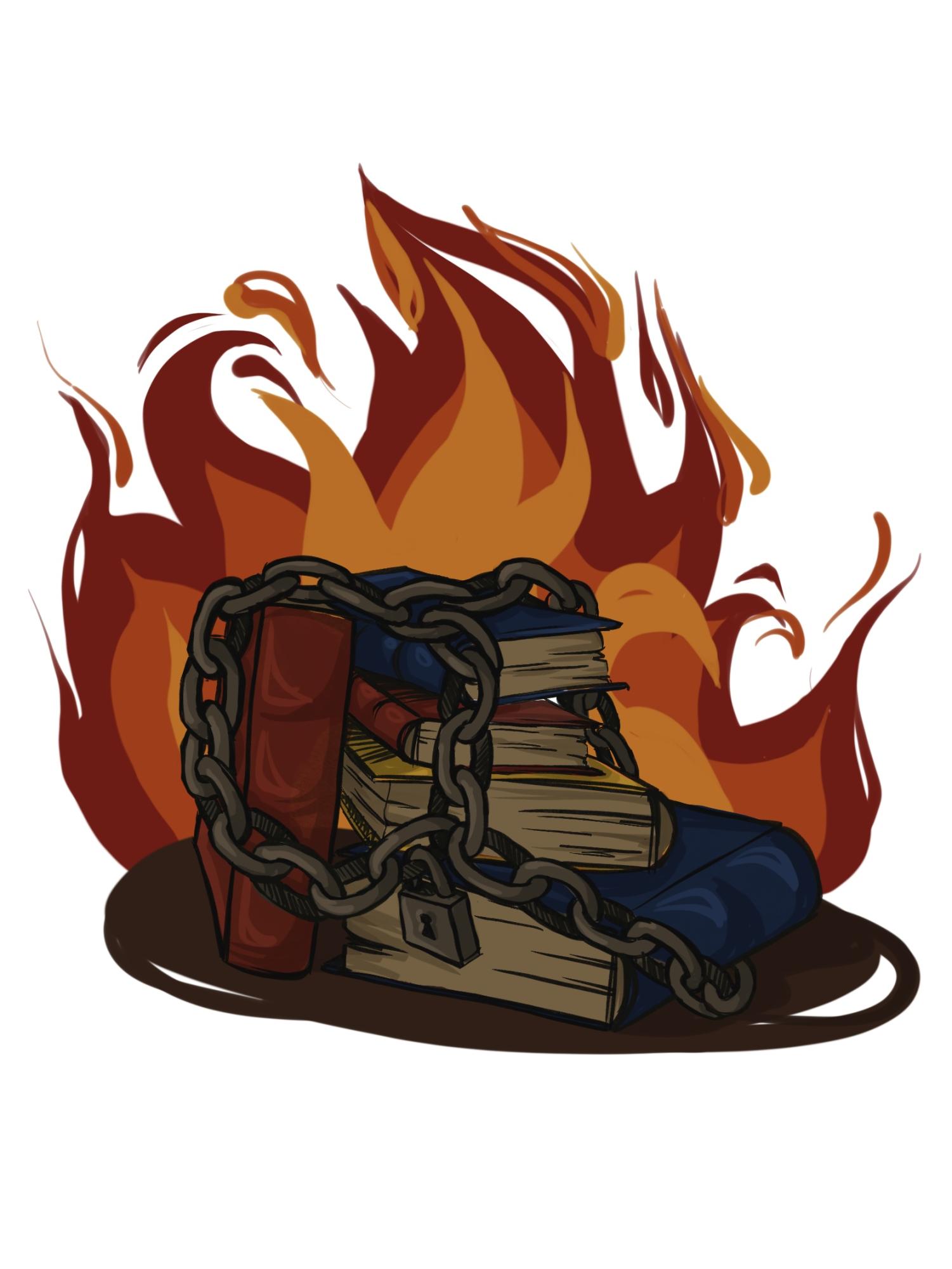
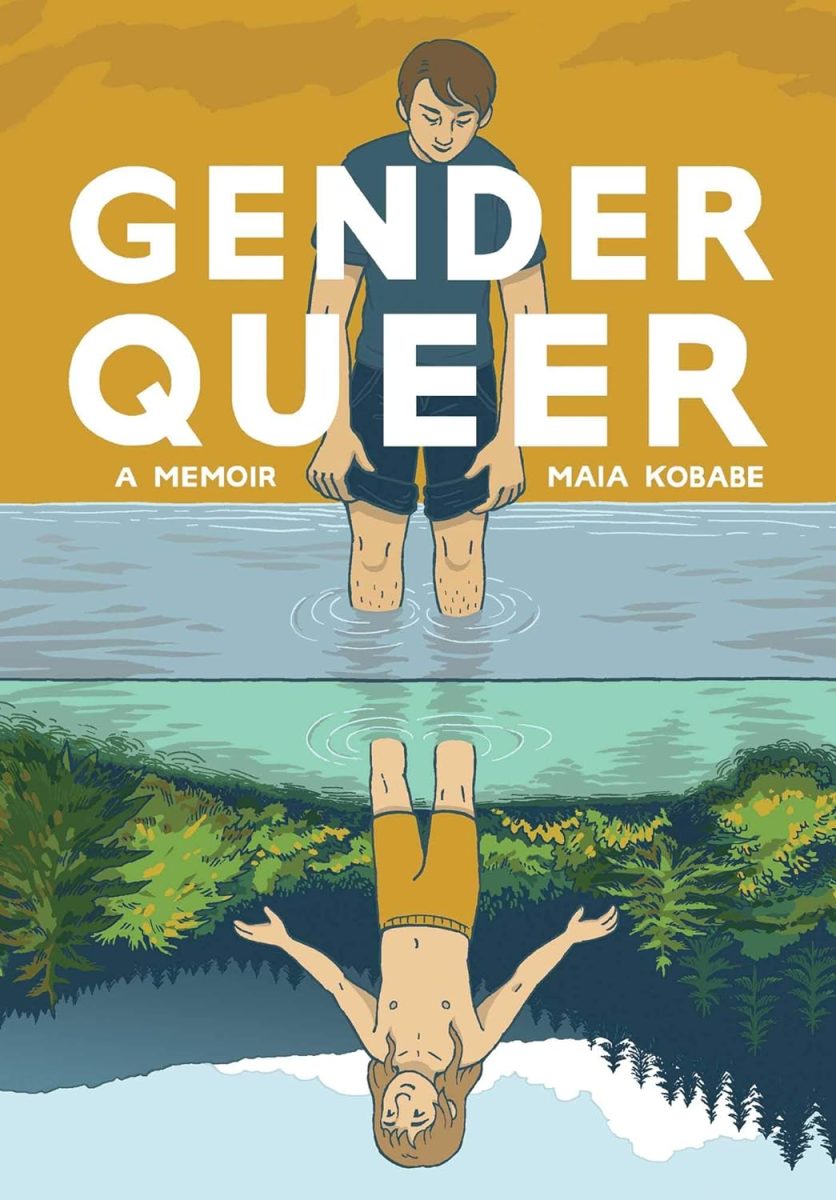
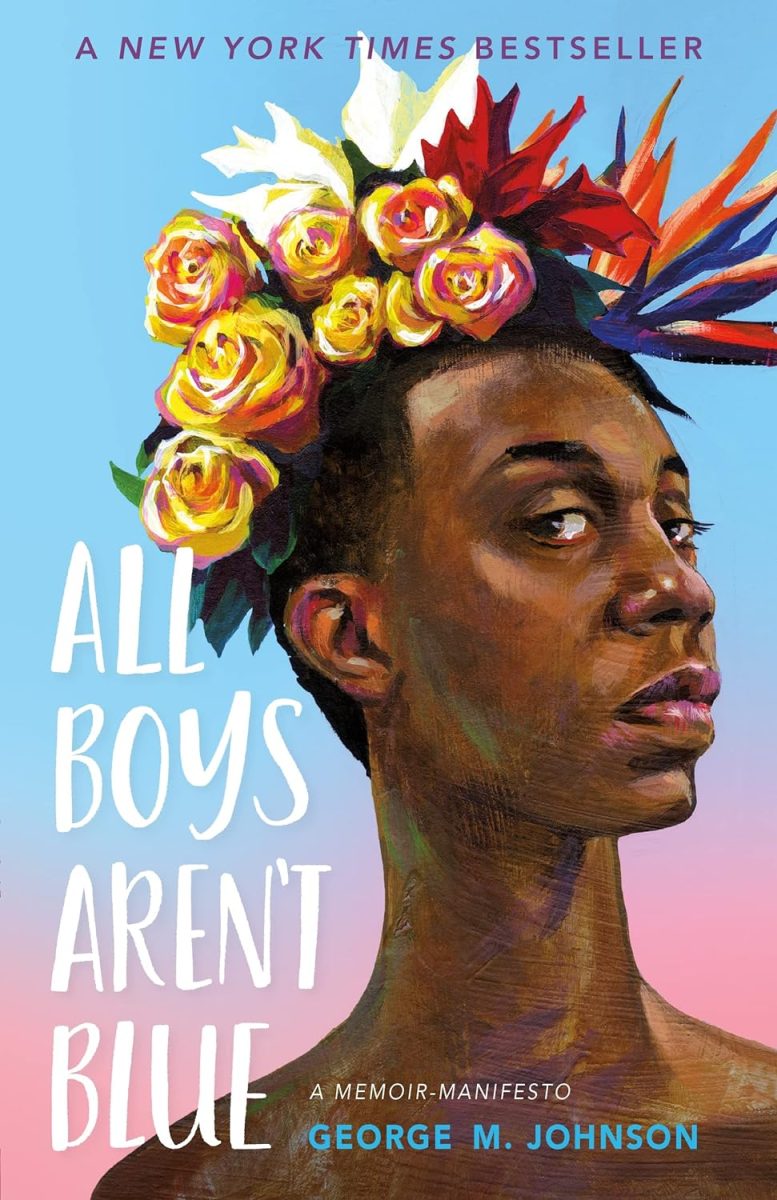
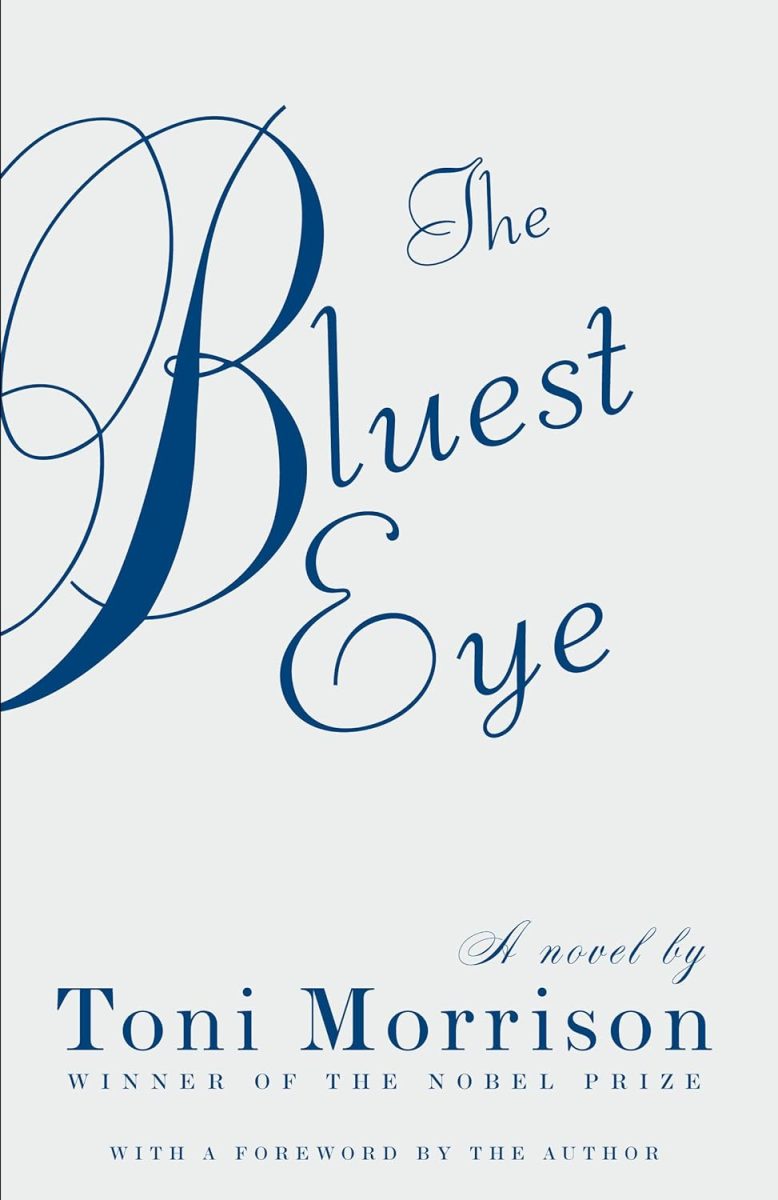
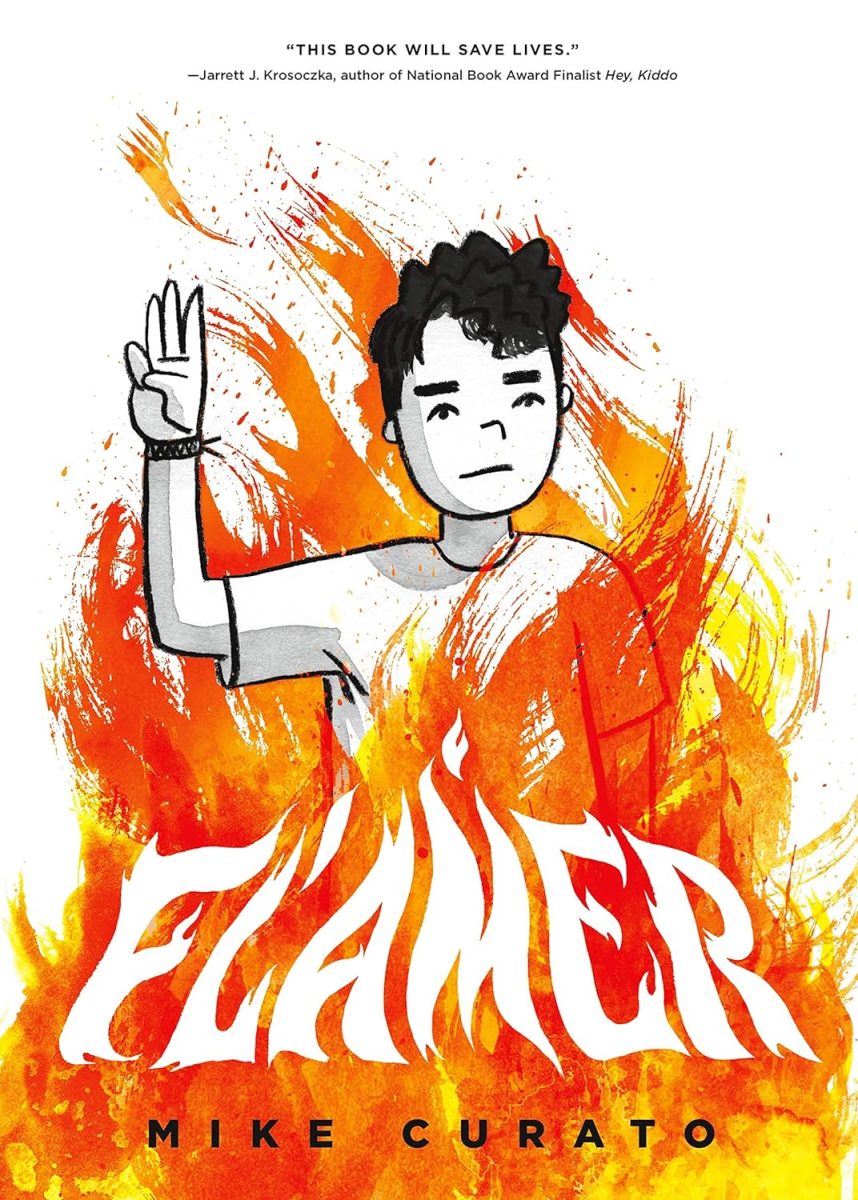
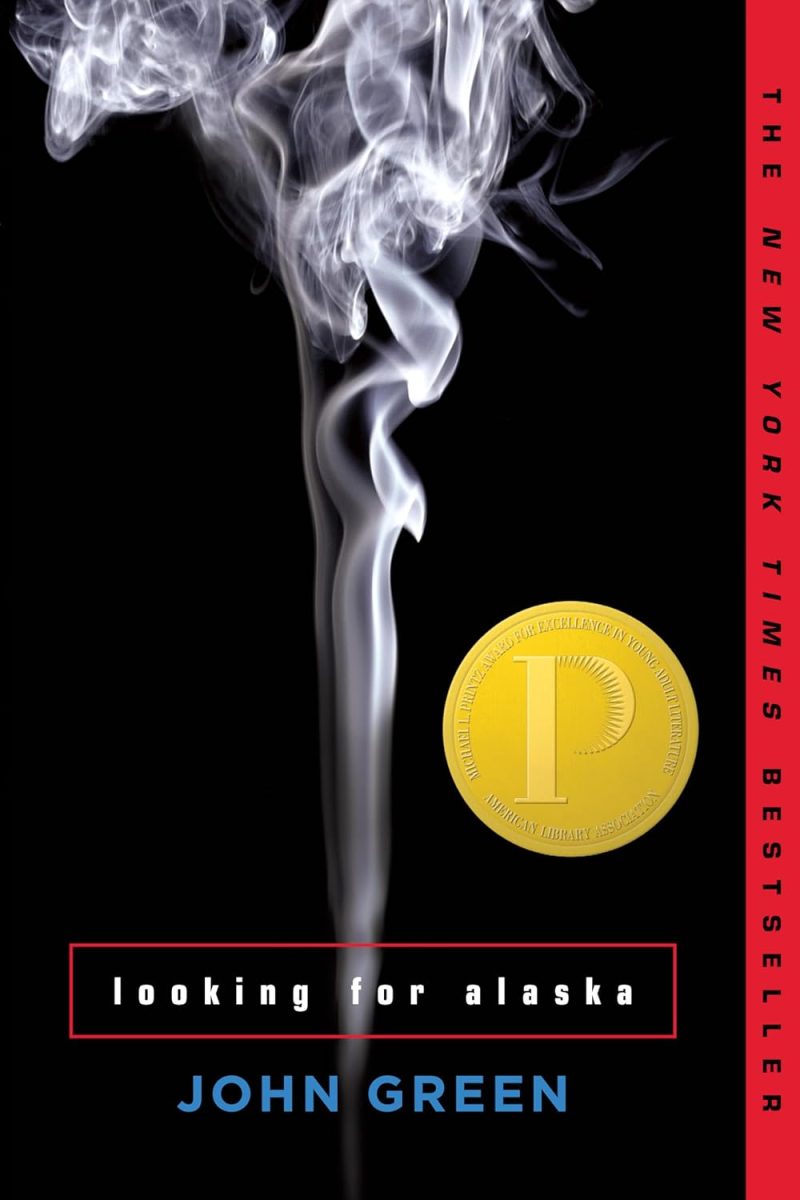
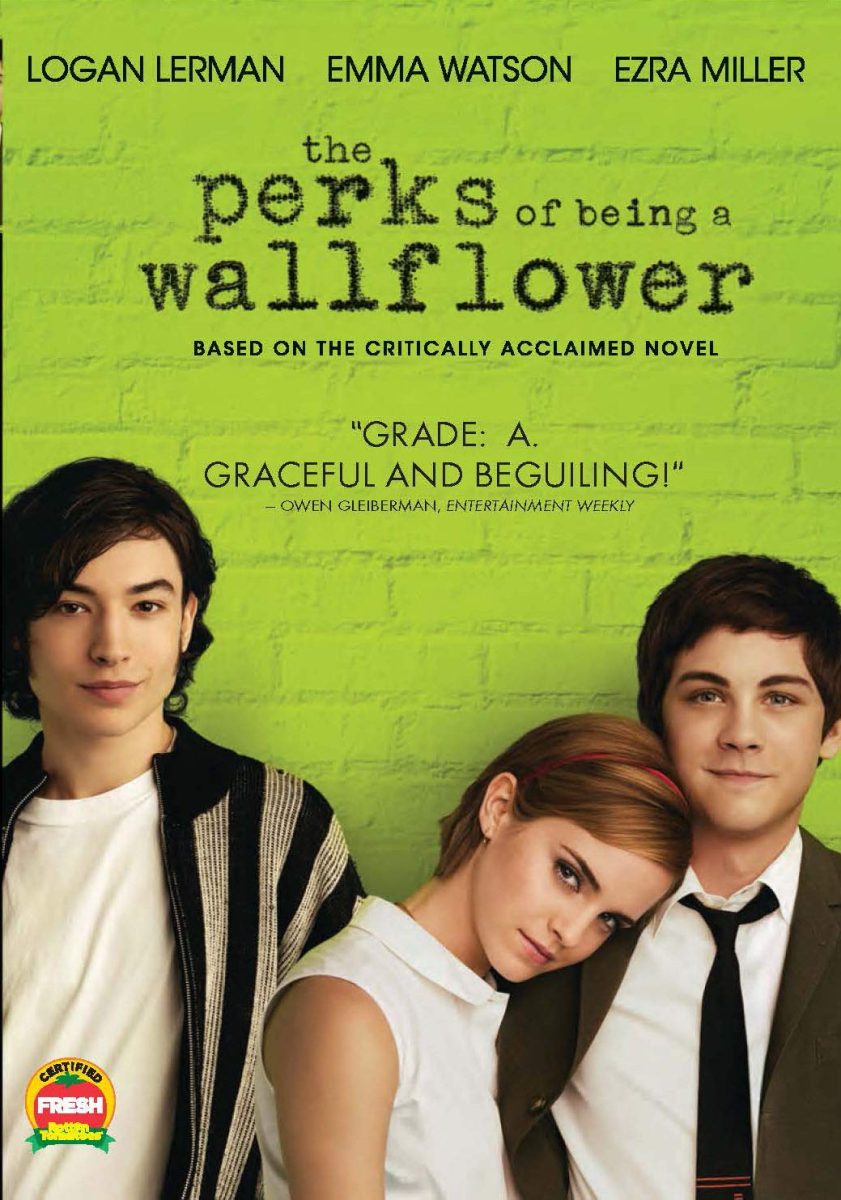
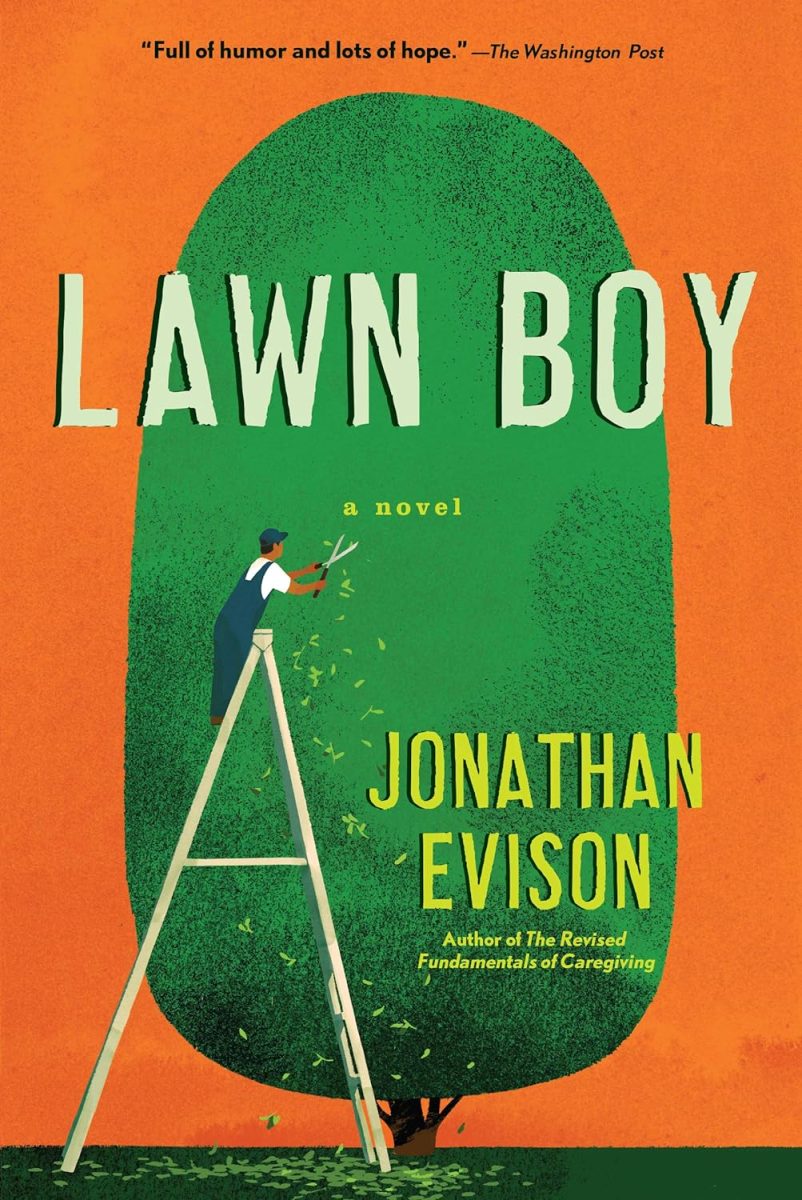
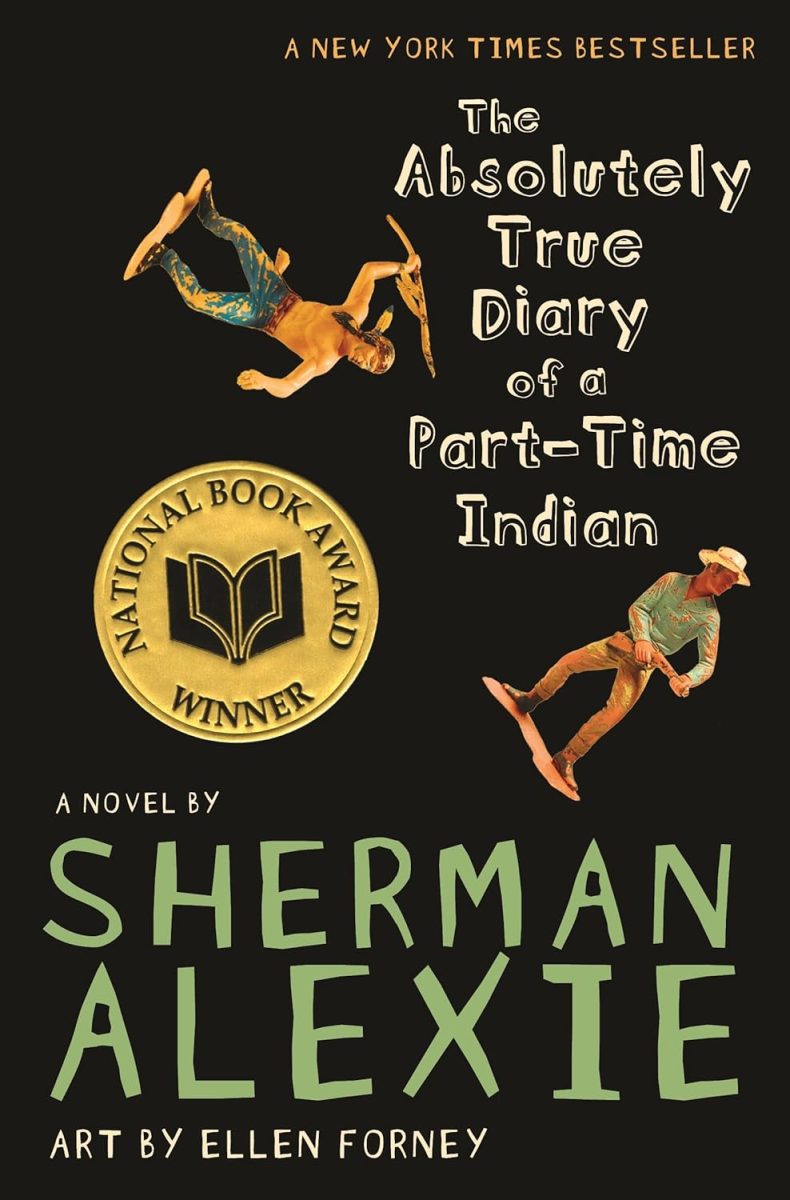
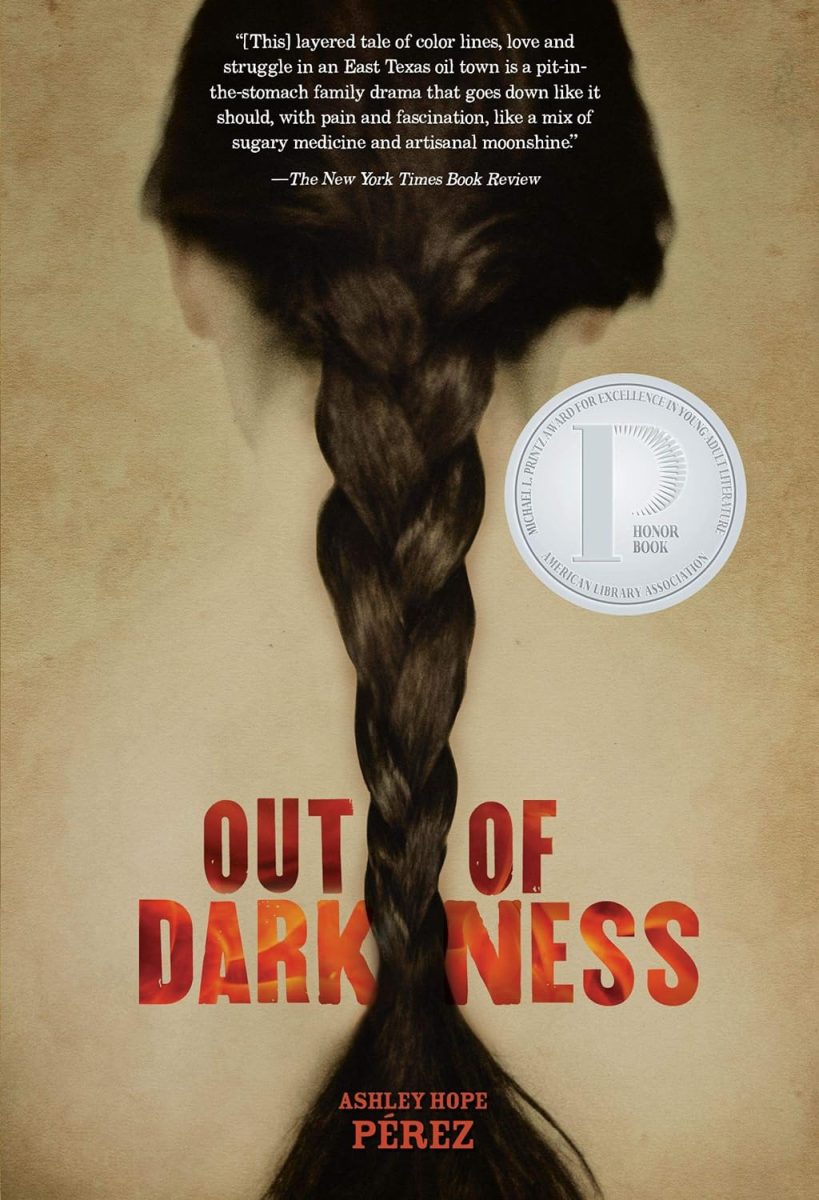
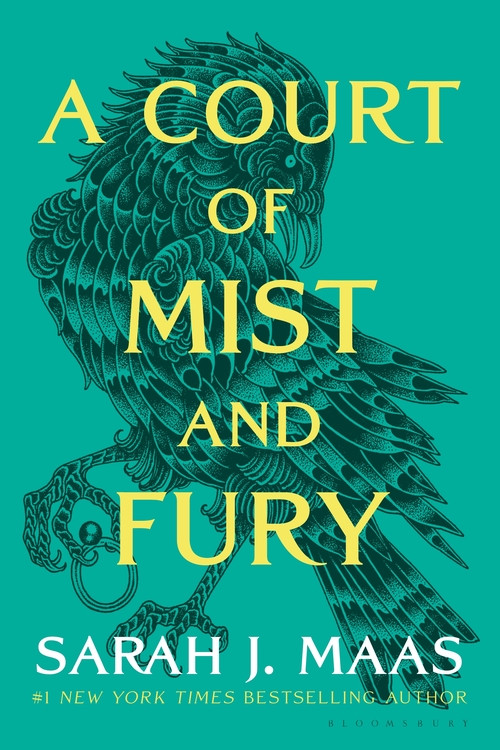

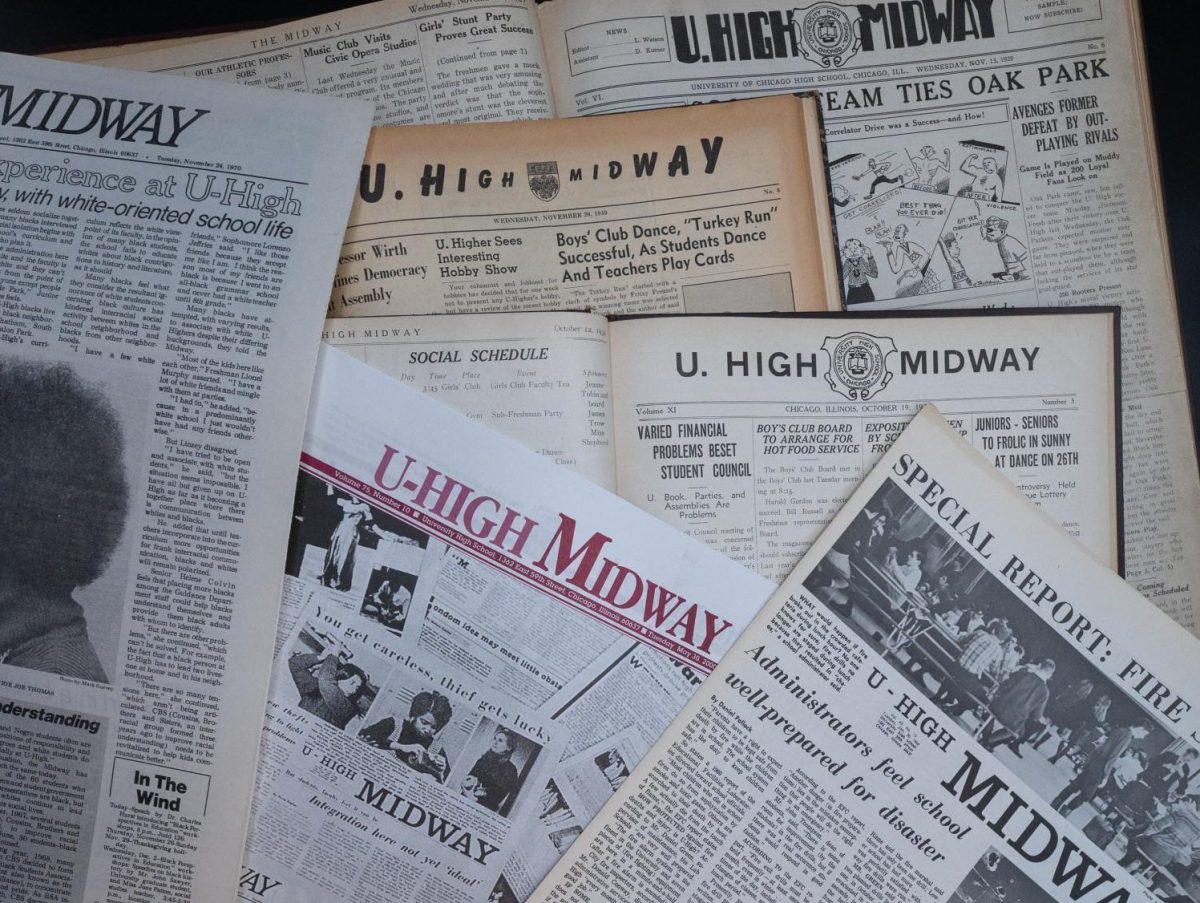

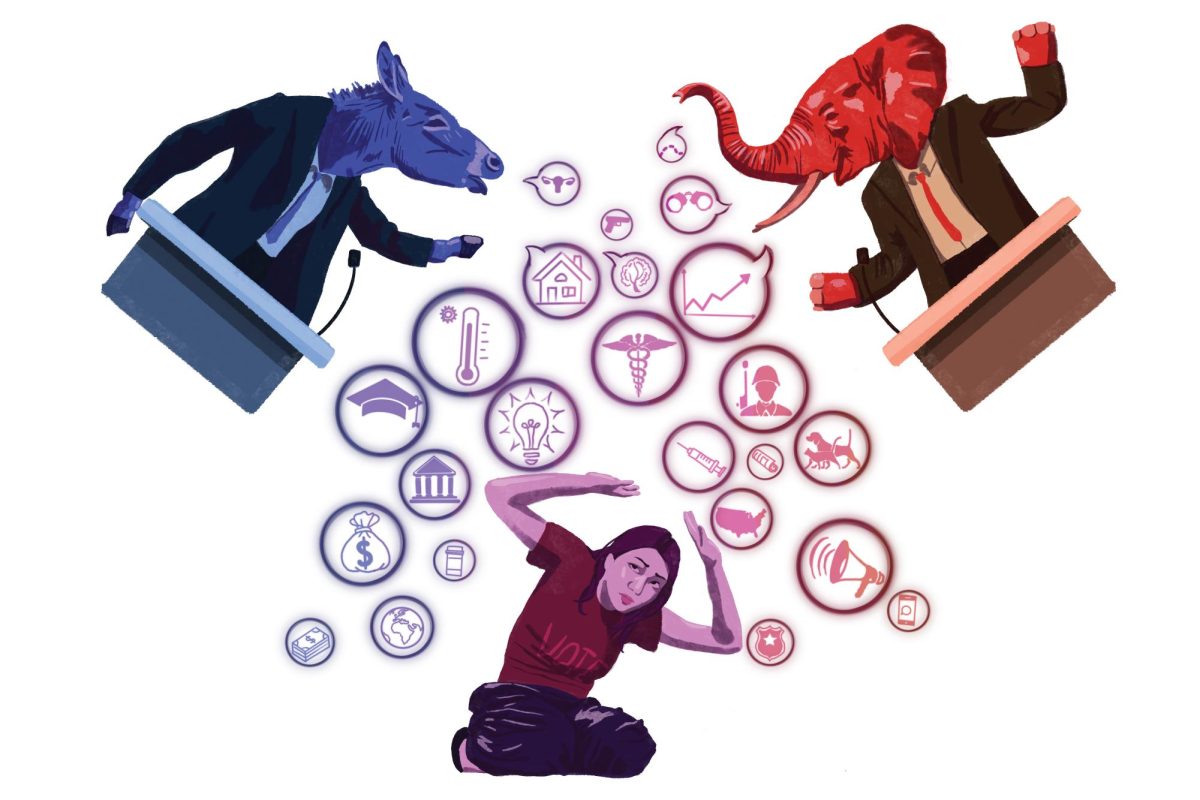
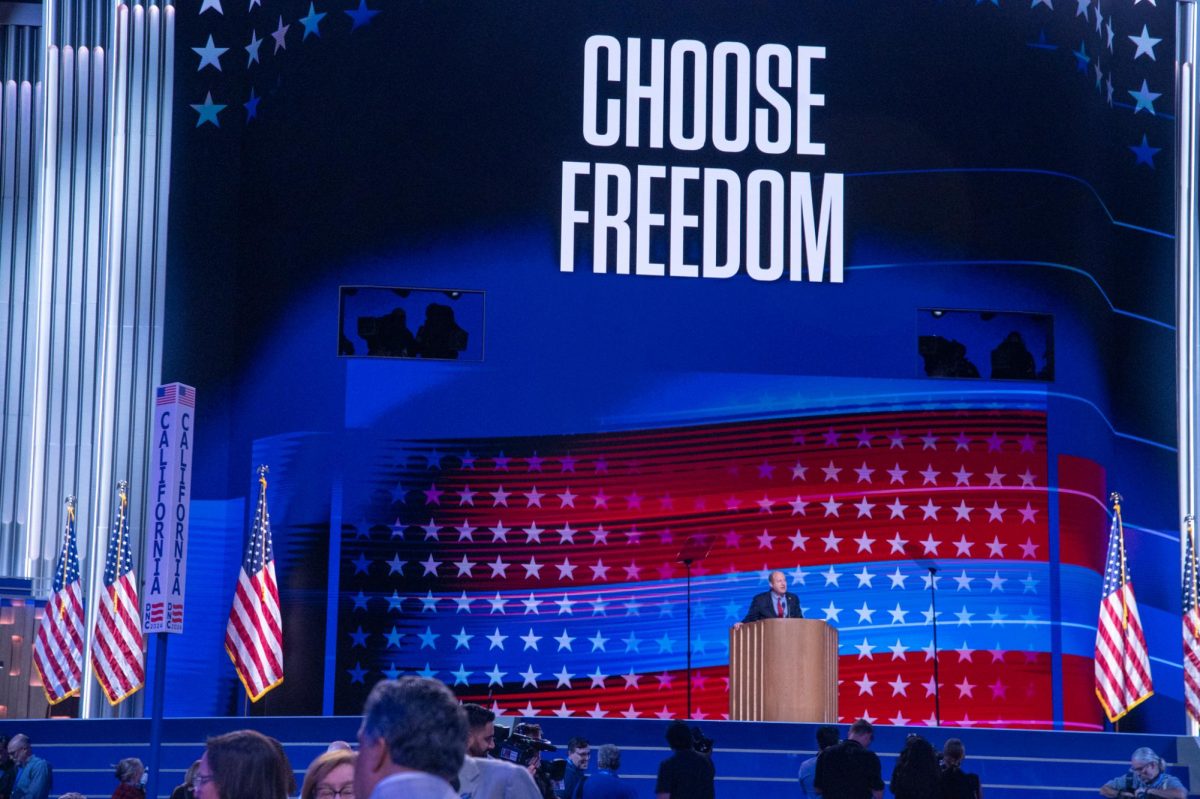
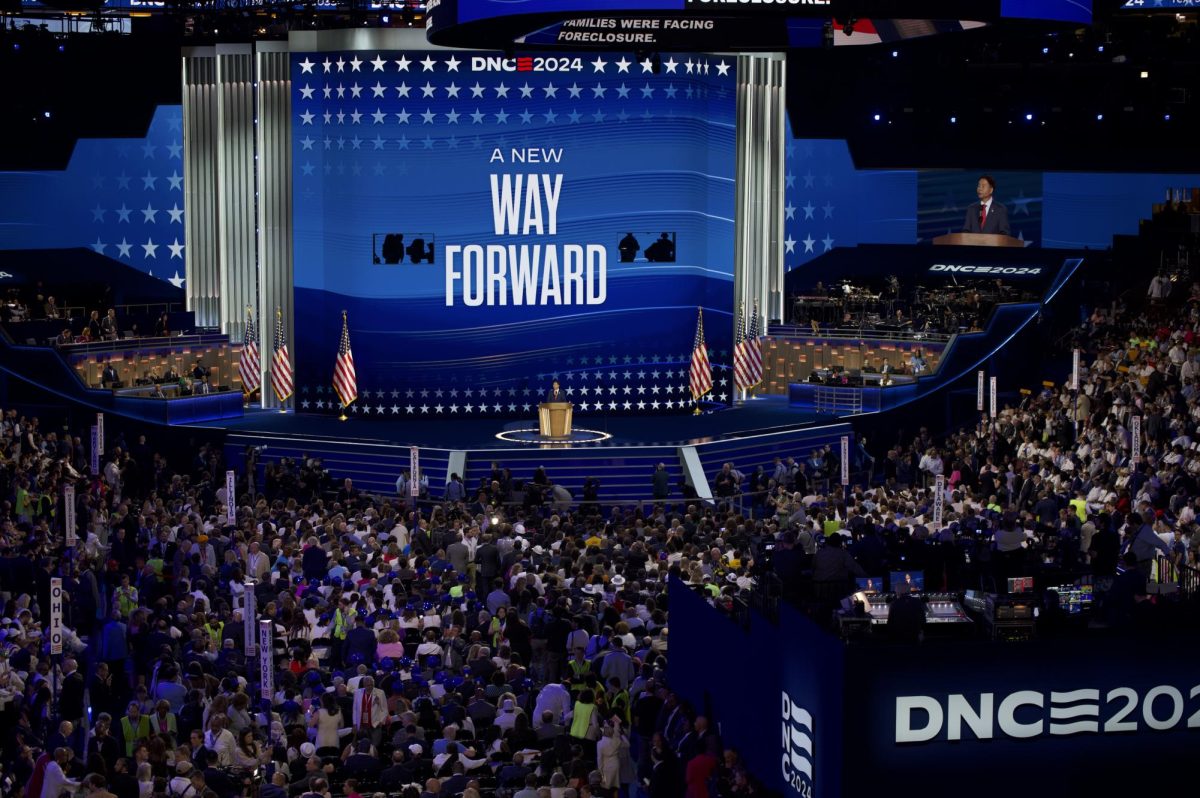
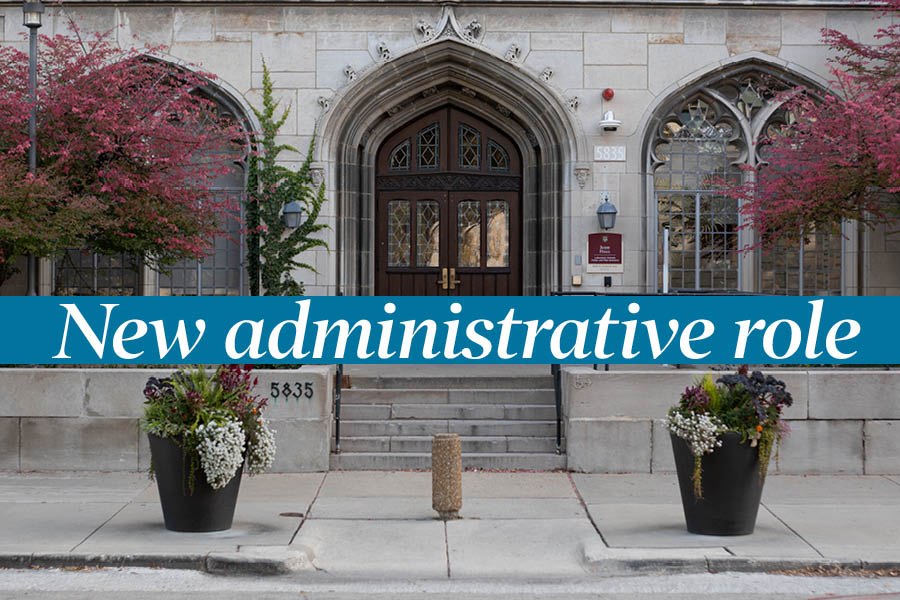
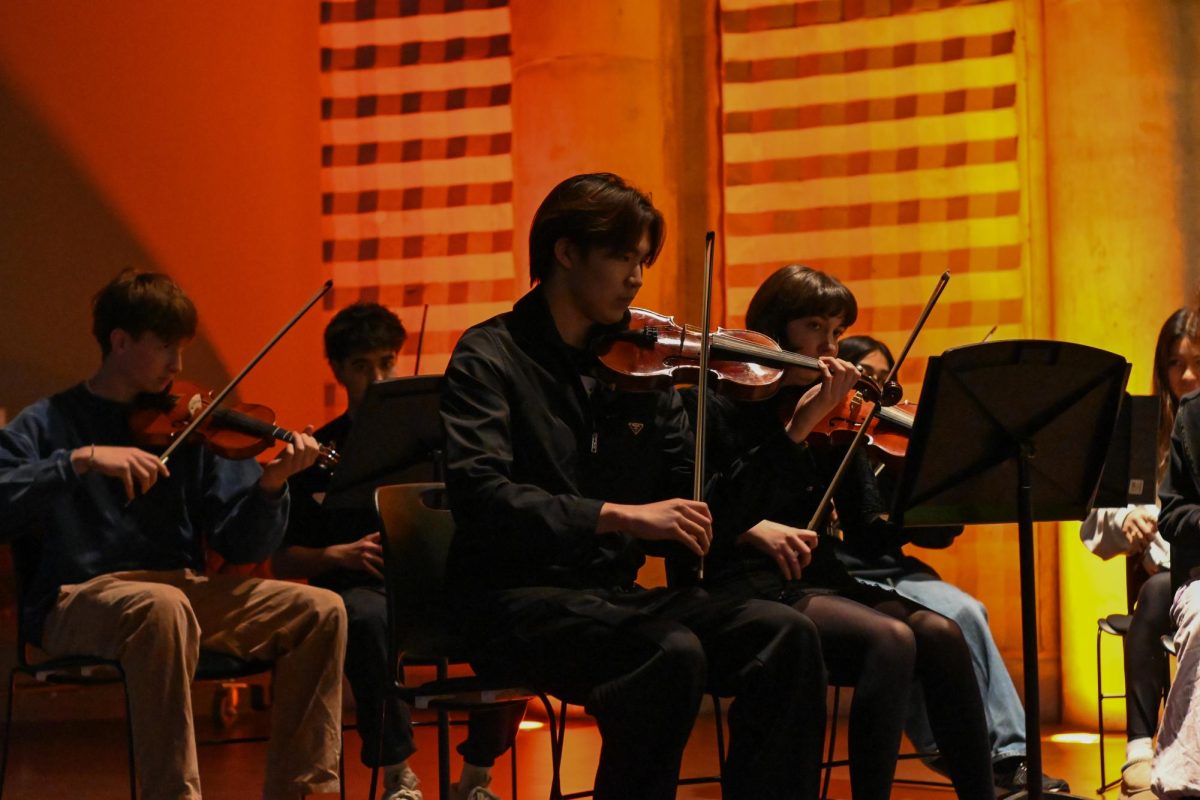
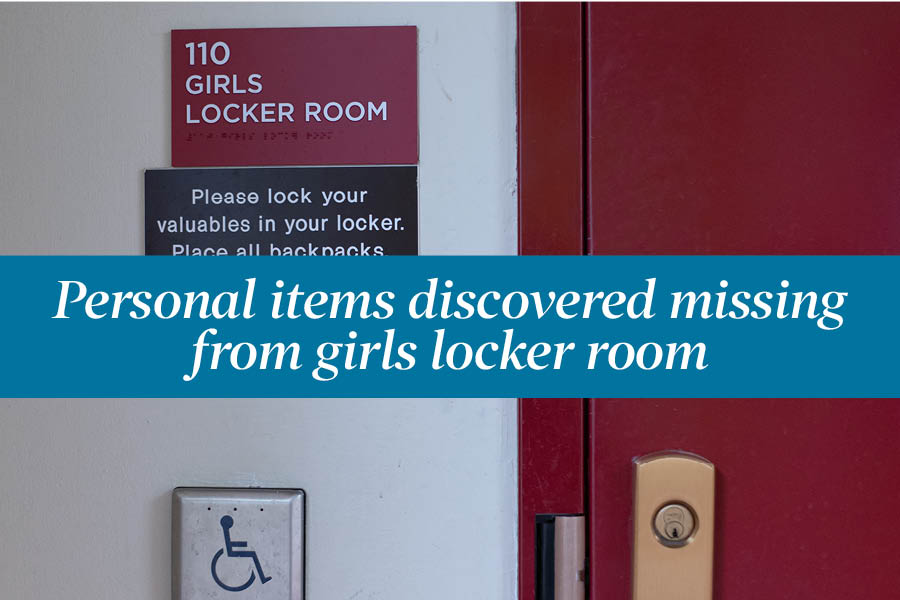
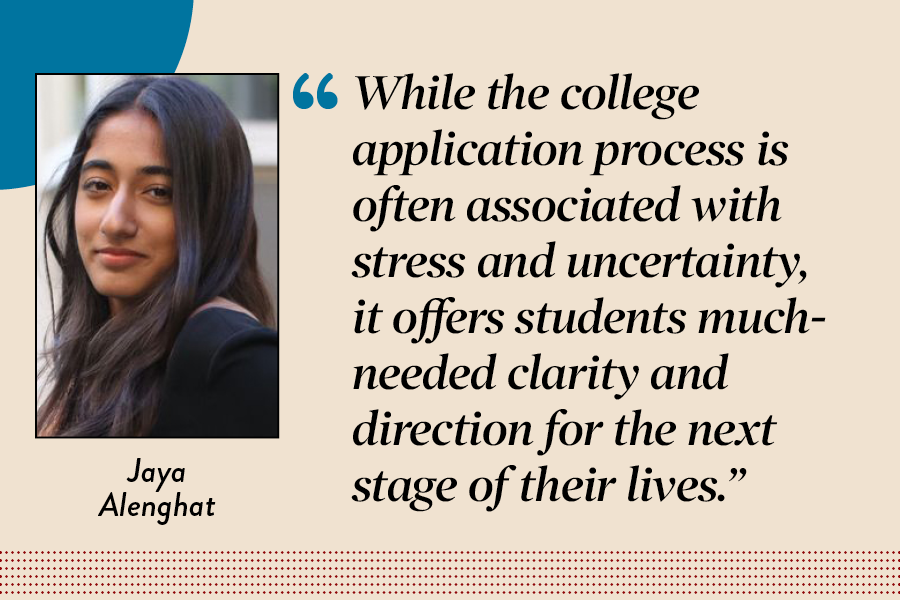

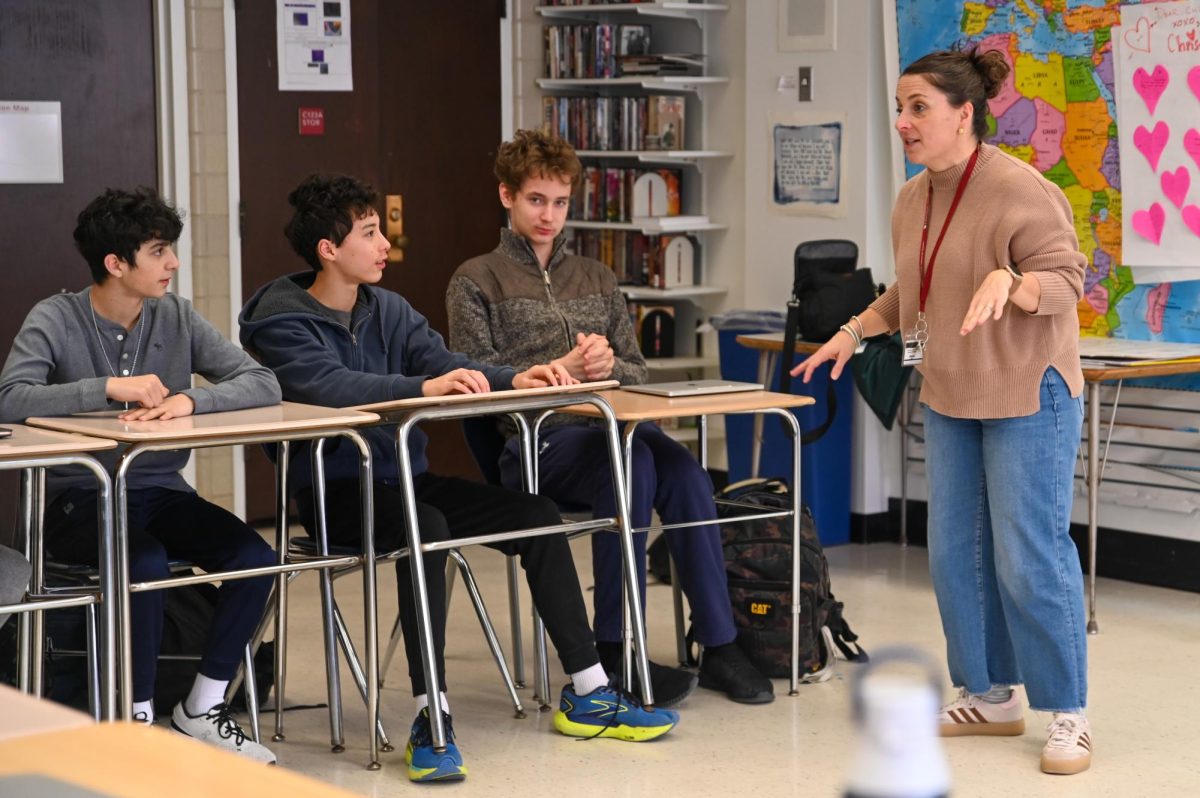
Yuli Arseniy • Dec 9, 2023 at 12:55 pm
nobody cares.
Look at the entire wikipedia about the book which details who and why they are banning it. The book even includes messages of pedophilia, refer to the “sexual imagery” section.
the bans concern themselves primarily with elementary and lower school children, and it is a pretty objective agreeable standard to exclude them from accessing pornography in their own libraries.
stop trying to connect this to “oppression of gays” when there is inherent evidence that the bans are about much more than the gayness.
the notion that “It’s ridiculous to tell people what they can and can’t read, If you don’t want to read a book, that’s fine. But you can’t tell someone else not to read a book.” is a severely misled outlook, just look at where the bans are taking place, nobody is trying to ban the books from the general population.
pretending otherwise is a dangerous narrative that enforces the exposure of pornography to the youth and withholds parents of their right to choice of education.
cut it out.